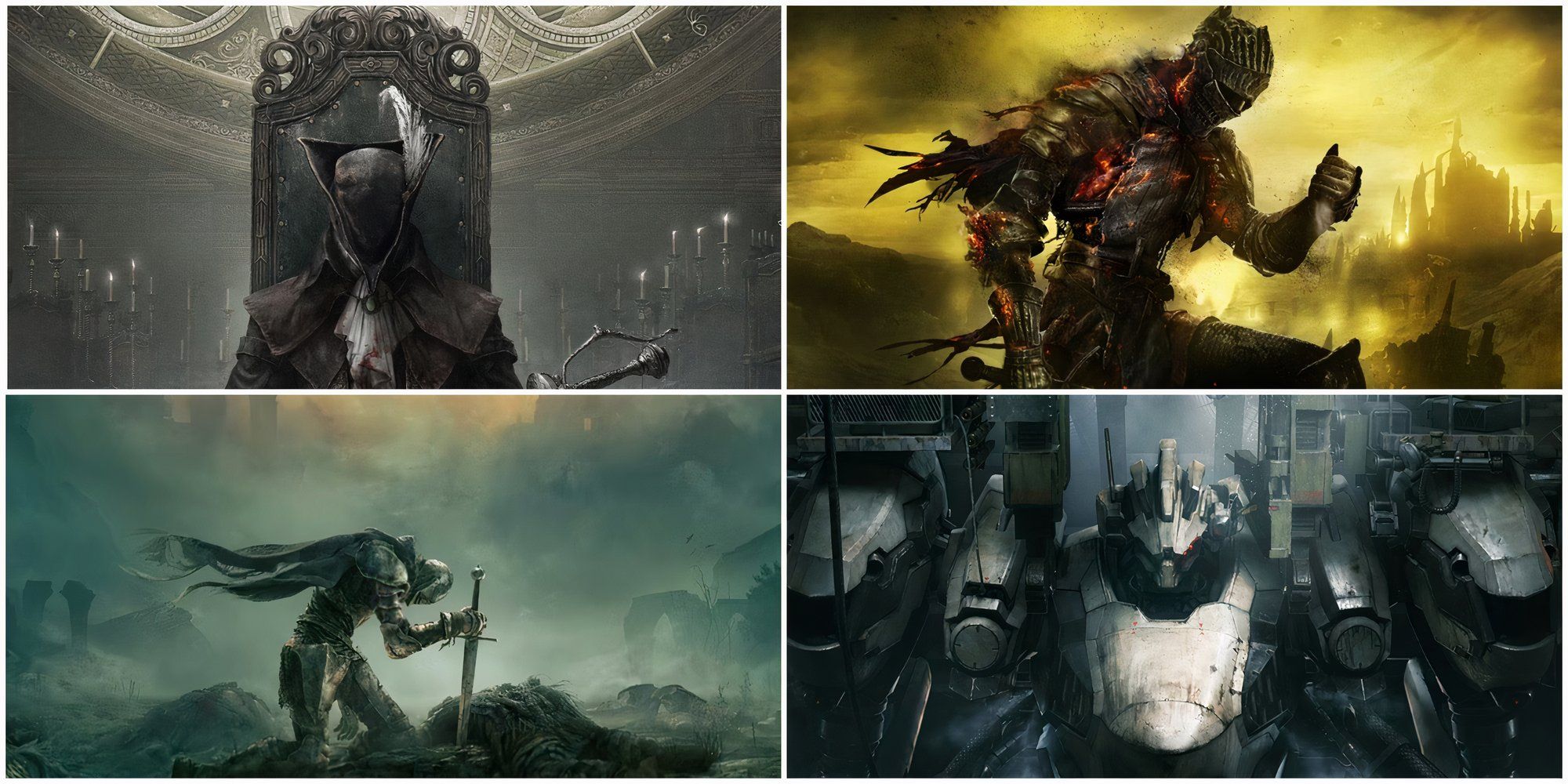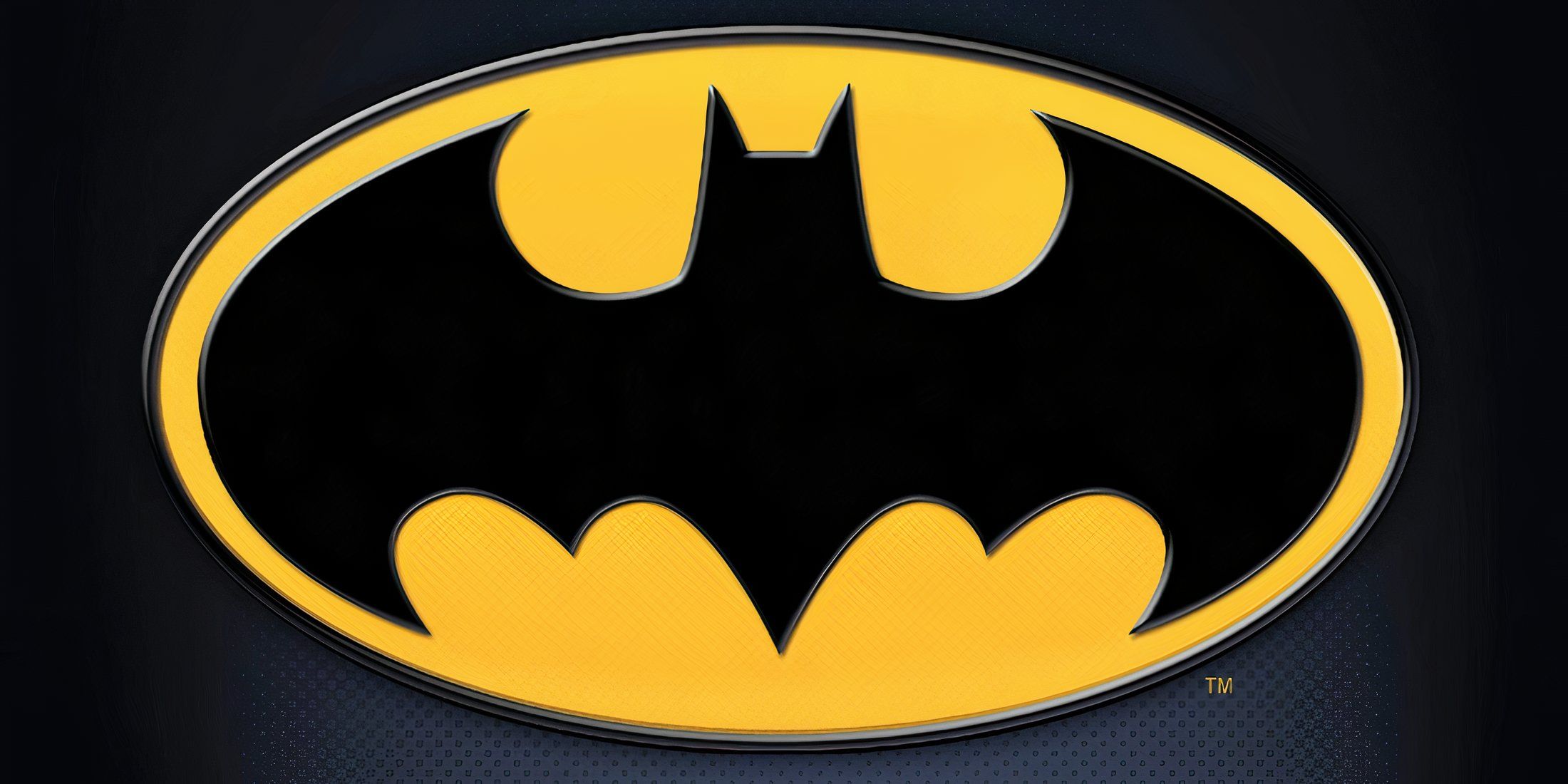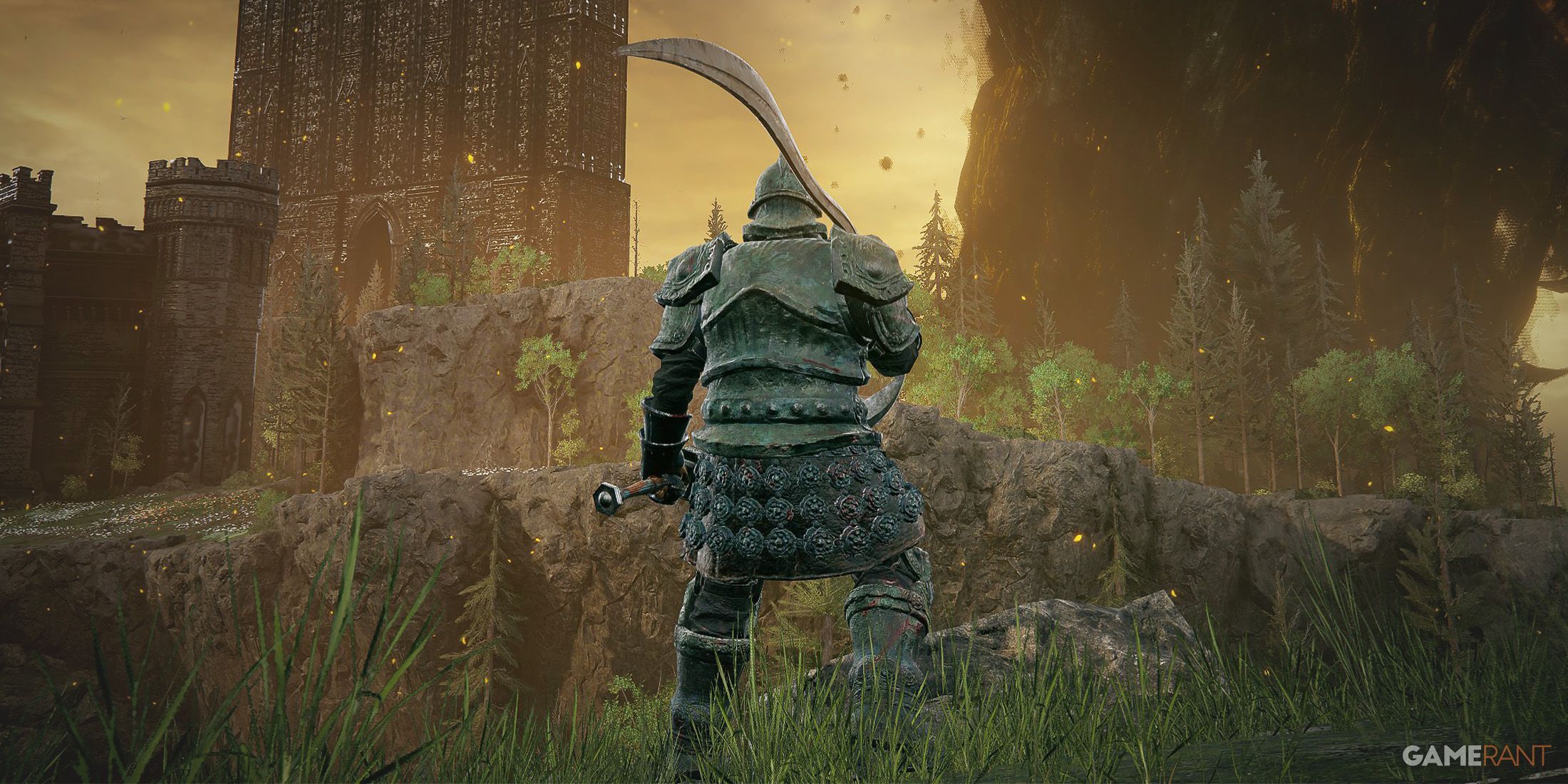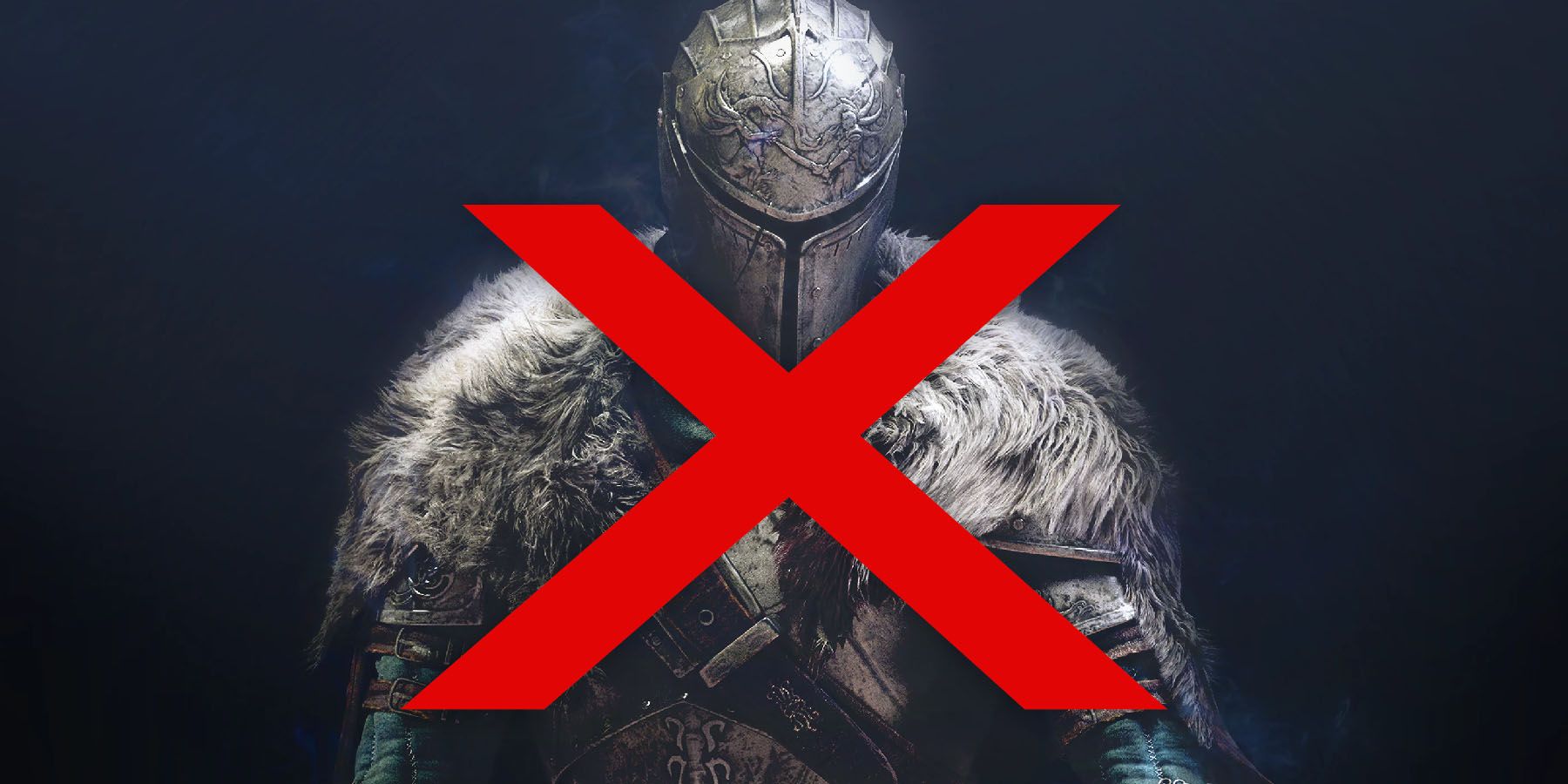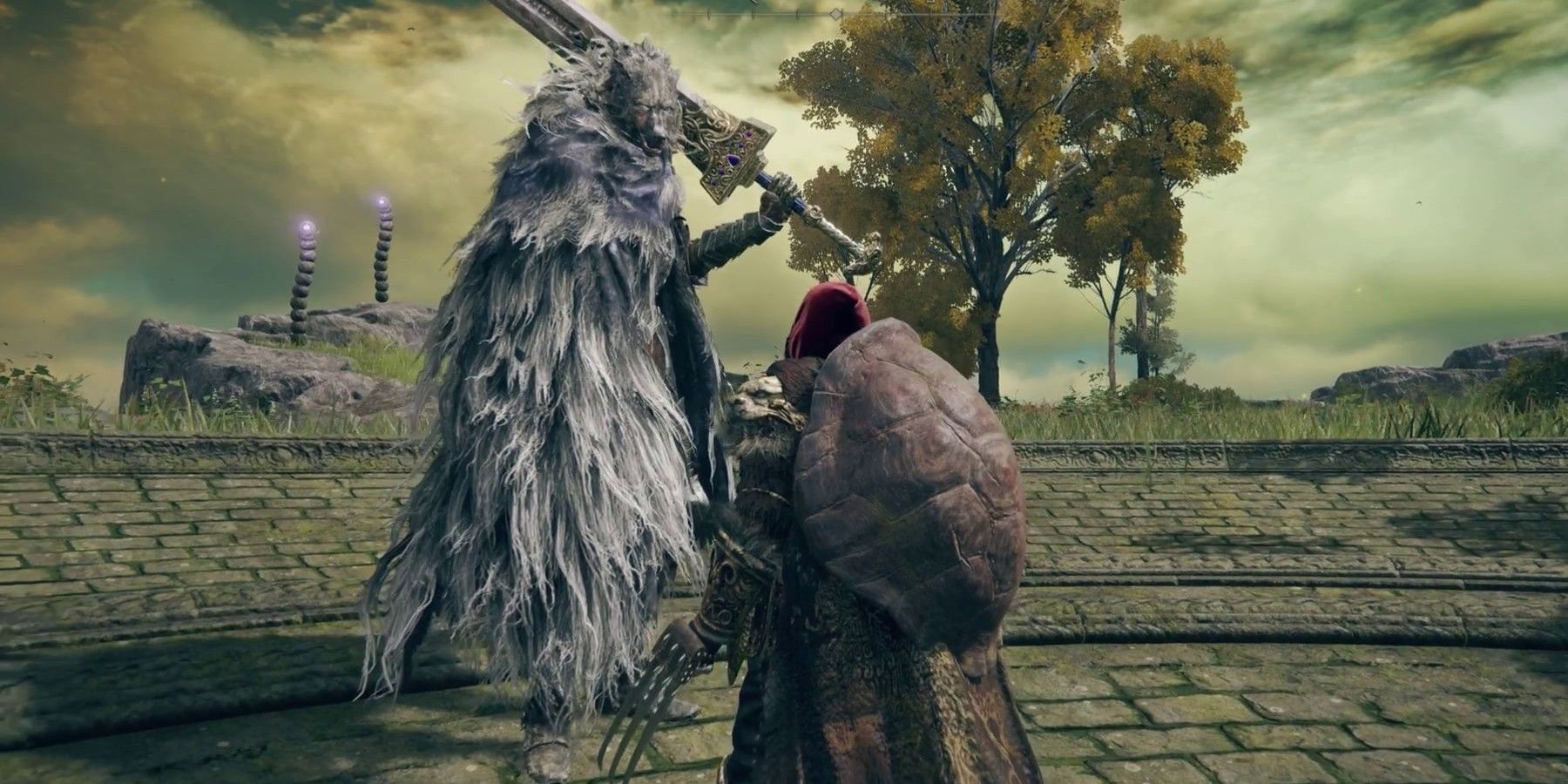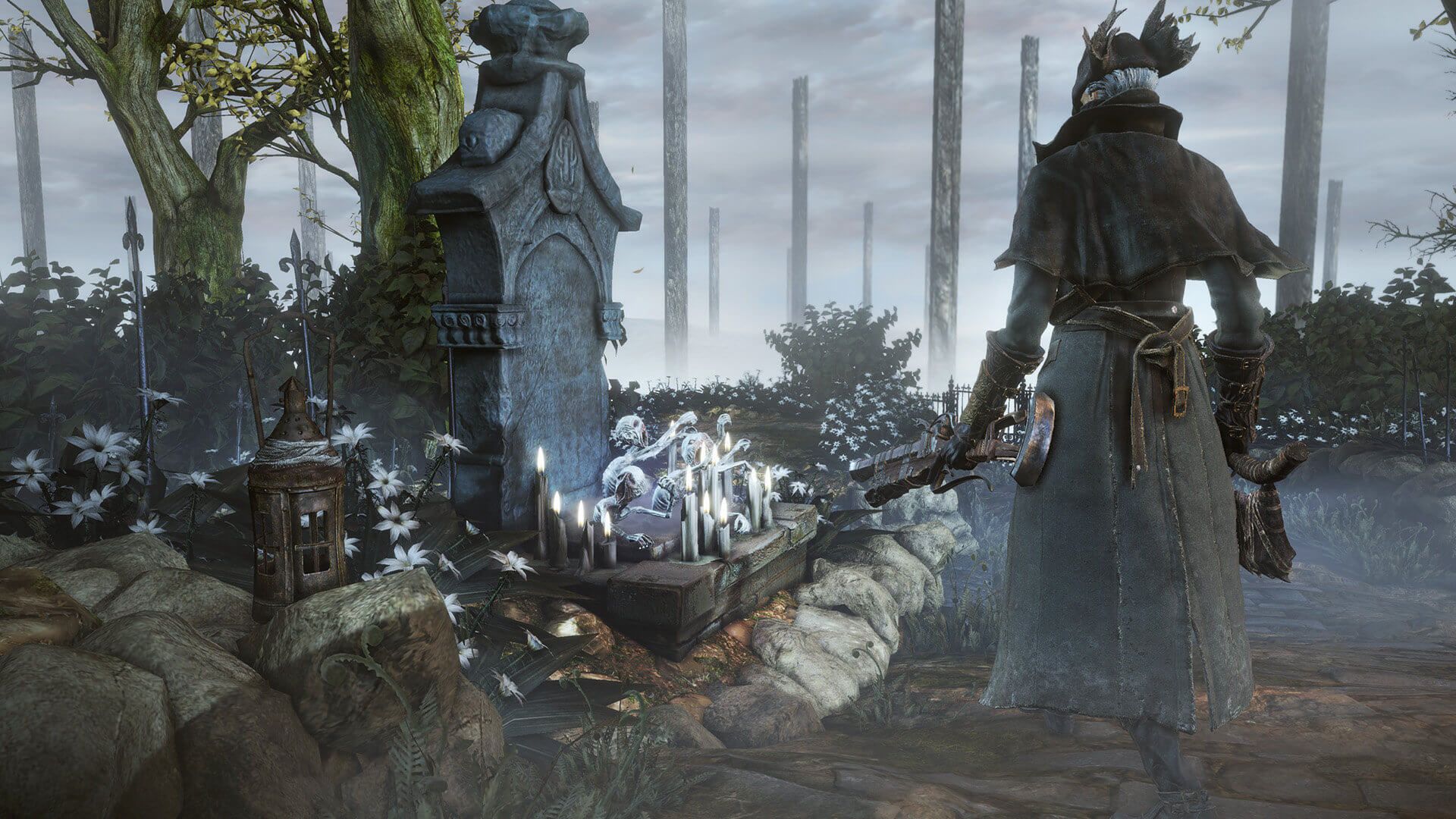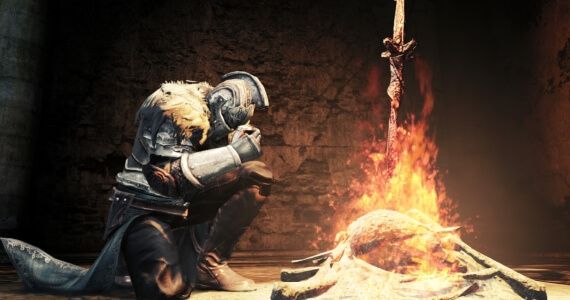The Soulslike genre has exploded in the past decade thanks to the success of FromSoftware's iconic Dark Souls series, and the company continues to inspire and contribute to the genre with hits like Bloodborne, Sekiro: Shadows Die Twice, and most recently Elden Ring. However, for as critically acclaimed as these popular FromSoftware titles are, they are not without their flaws. As more developers look to evolve and iterate the genre, learning from the successes and failures of FromSoftware games reveals that there are some features that are best avoided in Soulslikes.
New Soulslikes are constantly popping up from indie all the way up to AAA developers, with no signs of stopping anytime soon. Upcoming Soulslike titles such as Remnant 2, Lies of P, and Lords of the Fallen all have clear FromSoftware DNA in their designs despite coming from completely different developers. With how much these types of games borrow from FromSoftware titles, it's important for developers to recognize the shortcomings of their inspiration and work to circumvent these same mistakes in their own titles.
Elden Ring's Side Quest Design
Elden Ring was one of 2022's biggest releases and justifiably earned numerous awards, claiming the title of game of the year for many players. Although it was almost universally acclaimed by both players and critics, Elden Ring was not without its faults and the way the game handled its side quests left much to be desired. As an open-world game, Elden Ring allowed players to explore the Lands Between freely, but the game's side quest design felt like it was intended for a more linear game, like it was a remnant of FromSoftware's previous titles.
Typical FromSoftware side quest design has players interact with an NPC in one area to begin their side quest, then encounter them again later on to progress it. While this formula works for more linear titles like Dark Souls, it ends up coming into conflict with the nature of Elden Ring's open world where players are not necessarily going to be following the same progression intended by the developers. As a result, many players were confused as to how to progress some side quests at the game's launch, and Elden Ring ended up receiving an update to add map icons for where important NPCs were located so that players could figure out where to go to progress a side quest.
Bloodborne Requiring Players to Return to Hunter's Dream to Level Up
One of the most vocal fan bases among FromSoftware games is that of Bloodborne, and for good reason as Bloodborne stands the test of time as one of the developer's best titles. However, one aspect that feels antiquated compared to other Soulslikes is the requirement for players to return to Hunter's Dream using Bloodborne's lamps whenever they want to spend their Blood Echoes and level up. Most Soulslikes let players rest and level up directly from a checkpoint like bonfires in Dark Souls or Sites of Grace in Elden Ring, but for some reason Bloodborne does not include this feature.
Dark Souls 2's Hollowing Mechanic
Often considered the black sheep of FromSoftware games, Dark Souls 2 contains several controversial elements, but the most notable is how the game handles Hollowing, a staple mechanic of the Dark Souls franchise. In Dark Souls 2, Hollowing occurs when the player dies and results in a 5% decrease to their maximum health each time they die, which stacks up to 50% decrease on subsequent deaths. While this hindrance can be reversed through methods like using a Human Effigy or by receiving Vendrick's blessing in the DLC, the mechanic ultimately adds an unnecessary layer of frustration of an already difficult genre that other FromSoftware Soulslikes function just fine without.

